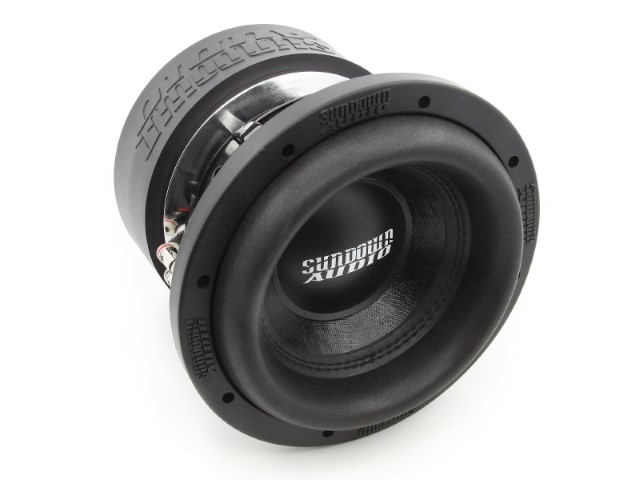Is your car’s sound system annoying you with faults or boring you with low volumes and weak bass? Then it may be time to replace and upgrade your car audio system. This is best done by formulating a step-by-step plan and following a budget to avoid overspending on unnecessary equipment.
Since most new cars come with below-par sound systems, it is becoming increasingly common to improve car audio systems. Here are a few tips to make short or long journeys in the car more pleasant on the ears.

Change Your Car Audio and Radio
Many older cars are fitted with now obsolete car stereos with a CD player and analog radio, luckily old stereos can be replaced. Nonetheless, the process of car stereo removal can be a bit tricky but is still possible without having exactly the same tools as a mechanic. That being said, you will save time if you follow a guide by someone who has done this before.
You will be able to hear the difference a new car audio stereo makes instantly as it provides the speakers with more power, a reliably stable tone, and stronger bass compared to the original stereo. It will also mean music and radio apps can be accessed using Bluetooth.
A new stereo will also come with an upgraded digital to an analog receiver which converts the digital signal to sound, better quality receivers give a more crisp sound.
Upgrade Your Speakers for Great Car Audio
Once you have a new stereo there will be plenty of power for some new speakers in place of the stock speakers. Changing your speakers doesn’t have to be expensive, with sets available from around 70 dollars.
Car speakers can be judged on two criteria: sensitivity and power handling. Most good-quality speakers will have a sensitivity of 88db or more, giving a greater frequency response and dynamic range.
When choosing new speakers you should think about how much volume and bass you want. Numerous models are available and it is a smart move to check the specifications to check if the power source, either the car audio stereo or amp, can provide enough power for the speakers.
The best place to start when installing new car speakers is at the front with one in each car door, other speakers can be added to the rear doors later.
One tip to follow before purchasing and fitting new speakers is to measure the outside of the speaker’s casing and the depth of the speaker cone to get the correct sizes.

Add an Amplifier for More Power
Once the speakers have been replaced, it is a good idea to fit a 4-channel amp if you have four speakers to add even more power, tone stability, and crispness to your sound.
Linked to digital stereo and modern car speakers, it will be possible to create a sound with deeper bass and wider sound dispersion.
Install a Subwoofer for Extra Bass
This can be down to personal taste but if you feel like more bass is needed in your sound system then you can add a sub for greater depth and power to your music.
Before jumping into buying a subwoofer, you may want to test if the combination of a digital stereo, amp, and car speakers are already giving enough bass.
Play Good Quality Audio Files
Car CD players are becoming increasingly rare, however, they do send a consistent signal to speakers with little loss of details in the music. Most new cars nowadays though are outfitted with stock digital stereos enabling MP3 files to be played from your phone using Bluetooth.
When creating your playlists you should bear in mind that compressed or smaller files contain less information so when you play music it is more likely to sound distorted or tinny.
Sound Proof Your Car
Is your car’s motor too loud to hear the music? Or do you want to reduce noise pollution from your car? If so, then soundproofing will help. Noise pollution can come from the outside environment, the structure of the car, or the mechanics including the engine. A common problem when adding speakers with more volume and bass is parts of the car’s structure including internal fittings and panels may be loose and could vibrate creating an irritating sound.
A close inspection and testing of the mechanics and interior fittings can detect any areas which need tuning or fixing up. This inspection will also help you identify where soundproofing can be added such as sound deadening mats in the footwells and or sound-absorbing foams in the door cavities.
Upgrading your car’s sound system can be somewhat of a time-consuming challenge, how if you follow the advice above you can save yourself some time and make a good plan that won’t break the bank.










